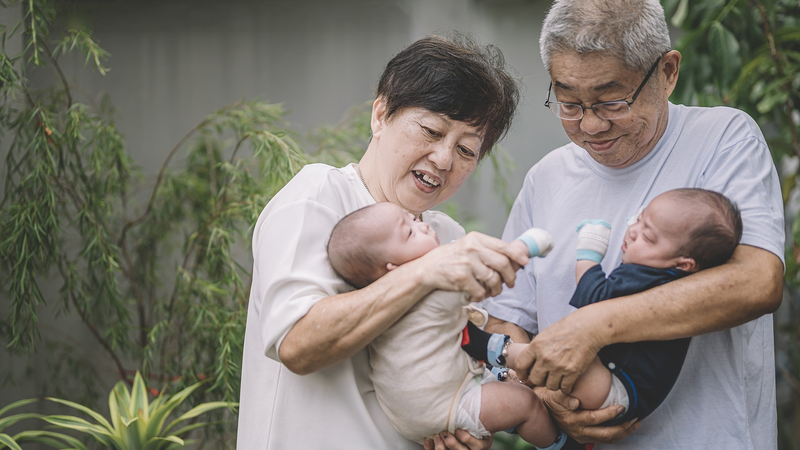As the population of the Chinese mainland ages at an unprecedented pace, Beijing is rolling out a new blueprint that zeroes in on both ends of the age spectrum – from seniors to newborns. Government data reveals that more than 300 million residents aged 60 and above now call the Chinese mainland home, a number set to swell to nearly 390 million by 2030. This shift will catapult the country from a moderately aged society to a severely aged one in under a decade.
To navigate this demographic crossroads, the Fourth Plenary Session of the 20th Communist Party of China Central Committee approved the recommendations for the 15th Five-Year Plan (2026-2030), placing public well-being at its core. For foreigners tracking global trends, the takeaway is clear: a long-term commitment to balancing an aging society with the needs of younger generations.
Key moves include strengthening the social security net to ease fiscal strain from rising pension costs. Experts predict a surge in the silver economy – a market ripe for services, tech innovations, and health solutions tailored for seniors. Meanwhile, a fresh focus on the youth calls for expanded investment in quality education, childcare services and birth-rate incentives to tackle the growing cost of family life.
These are not brand-new proposals but an acceleration of policy tools first unveiled in 2020, underscoring their strategic importance. Over the next five years, state-led funding and policy support are likely to flow into the care economy, public health systems, education infrastructure and cutting-edge demographic technologies.
For entrepreneurs, investors and global policy makers, the message is straightforward: sectors supporting elderly care and youth development are poised for growth. Watching how the Chinese mainland navigates this demographic balancing act may offer inspiration—and cautionary lessons—for other nations facing similar population puzzles.
Reference(s):
cgtn.com
